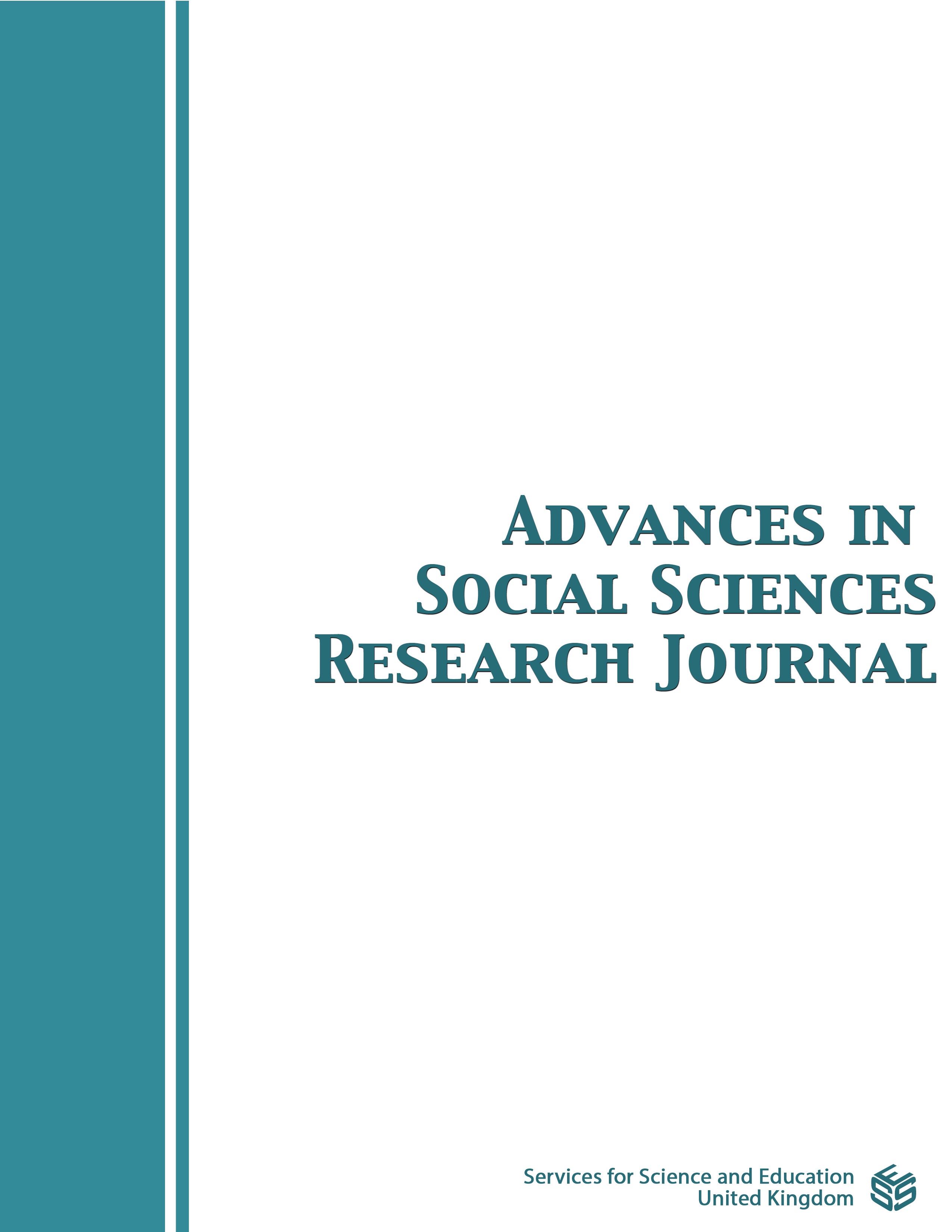Implications for Distance Learning: Does Demographics Impact Students' Self-Perceived Proficiency in Information Technology?
DOI:
https://doi.org/10.14738/assrj.98.13007Keywords:
Distance Learning, Demographics, Self-Perceived, Proficiency, Information TechnologyAbstract
The purpose of this study is to investigate the impact of demographics on students’ self-perceived proficiency in information technology and its implication for distance learning. Data for this study were collected from students in both undergraduate and graduate programs. Even though research suggests that demographics have an impact on users of information technology, this study, however, reveals no statistically significant relationship exists between demographics and students’ self-perceived proficiency in information technology. The study however shows that most rated themselves as proficient in using spreadsheets, PowerPoint, conducting online research, using chat/thread discussions, and word processing while most students described themselves as below proficient in computer programming and Webpage design. This study also highlights the implications of the findings to distance learning.
Downloads
Published
How to Cite
Issue
Section
License
Copyright (c) 2022 Jarrett Landor-Ngemi

This work is licensed under a Creative Commons Attribution 4.0 International License.
Authors wishing to include figures, tables, or text passages that have already been published elsewhere are required to obtain permission from the copyright owner(s) for both the print and online format and to include evidence that such permission has been granted when submitting their papers. Any material received without such evidence will be assumed to originate from the authors.






